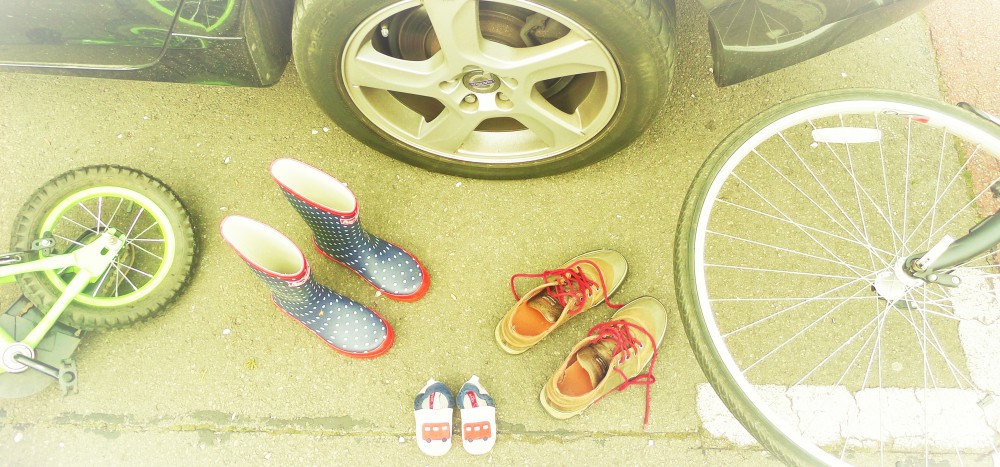Throughout my adult life, I have taken the bus occasionally, but not regularly. I have been on city buses in New York, Portland, London, Cardiff, Oxford and Reading. I have taken Park and Ride services and intercity coaches. But other than a summer internship in Portland, I have never taken the bus to work on a daily basis.
So my thoughts travel back to my teenage self, boarding the yellow school bus with its brown vinyl bench seats. I would stand at the bus stop, my hair literally freezing on cold, winter mornings when I would shower at the last minute and never use a hair dryer. Those mornings were dark too, as my high school started at an obscenely early hour for any self-respecting adolescent – was it 7:35?
The bus would pull up and the driver would open the door. She was friendly but tough, with mousy, brown hair feathered in what, looking back, was an absurd mid-90s fashion. As long as no one was too rowdy, she’d tune the radio to the station that played the current charts, making her a favourite among even the less academically-inclined crowd.
I would step up the stairs into the bus, lugging my book bag that weighed more than most toddlers and try to get a seat towards the front. It was a smoother ride and I didn’t want to deal with those who preferred the less-well-supervised back seat. I didn’t want to be in the very first seats either, as I liked to slouch down enough to rest my knees against a seat in front of me. In that position, I could do a bit of last minute reading or revising, or even catch a quick catnap. Did I mention it was early? And compared to many of my peers, I was a morning person!
So why am I having this trip down memory lane? Why the reverie about buses? For two reasons.
First, the UK Department for Transport released its annual bus statistics at the end of September. They are a reminder of how many people are out there, waiting for the bus every day. Although bus use outside of London is falling, there are still 4.65 billion local journeys a year. Of those, 1.57 billion are made by people with ‘bus passes’; the disabled, the elderly, young people where local transport authorities offer such concessions. How else would some of these people travel? How else would I have travelled at 17? I had my driving license, but could not afford a car of my own. For many, buses offer an equality of access to education, jobs and services that otherwise would be unavailable to those individuals. The ongoing cuts to bus funding and services will only undermine this valuable role of this undervalued mode of transport.
Which brings me to my second reason for indulging in school bus nostalgia. October is Black History Month, celebrating ‘important people and events in the history of the African diaspora’ according to Wikipedia. And the person and event that always comes to mind first for me is Rosa Parks refusing to go to the back of that bus in what turned out to be one of the most significant peaceful protests of the American Civil Rights movement. Segregating public vehicles with only one carriage must have created such an artificial awkwardness beyond its basic affront to civil liberties. Why should a tired woman be forced to the bumpy backseat favoured by teenage boys, just because she was black?
So in Black History Month and as we consider the annual bus statistics, let’s all spare a moment to think about our own bus experiences and how the humble bus can help our greater society be a more equal place.
